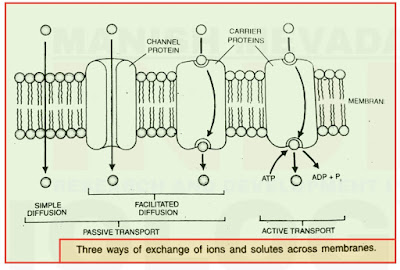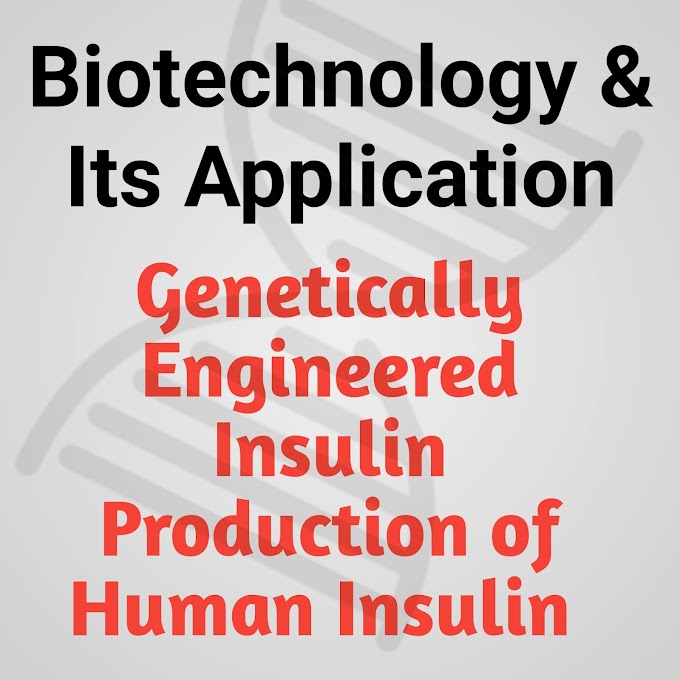👉 NEET Biology Examination
👉 NEET Biology Tips
👉 NEET Biology Study Material
👉 UGC Net Study Material
Transportation Introduction
- Plants lack both interstitial fluid as well as a regular circulation system.
- Even then they have to move ( transport ) various types of substances ( gases , minerals , water , hormones , photosynthates and organic solutes ) not only to short distance ( from one cell to another or from one tissue to another ) but also to very long distances such as water from roots to tops of plants or photosynthates from leaves to tips of roots.
- Substances move over short distances through diffusion and active transport supplemented by cytoplasmic streaming.
- Long distance transport occurs through vascular systems, xylem and phloem.
- This transport of substances over longer distances through the vascular tissue , i.e. , xylem and phloem, is called translocation.
- It occurs through mass flow.
- The direction of translocation is essentially unidirectional in case of water ( from root to stem, leaves , flowers and fruits ).
- It is multidirectional in case of minerals and organic solutes.
- Organic compounds are synthesised in leaves.
- They are exported to all other parts including every living cell, growing points, fruits and storage organs.
- Storage organs re - export the organic nutrients when new growth is to take place.
- Certain parts re - export the products of their own biosynthetic activities .
- Mineral nutrients are primarily picked up by roots.
- They are passed out upwardly to leaves, stem and growing regions.
- Leaves re - export many of these minerals in organic form. Senescent organs and leaves pass out most of their nutrients, especially the mineral ones, before falling down from the plant.
- Plant hormones and other chemical stimuli are transported in very small amounts.
- Some of them are transported in polarised or unidirectional manner while others diffuse to all parts.
- Therefore, a complex traffic of materials is going on in flowering plants, some moving to different directions, some passing out in polarised manner, with most organs receiving some substances and giving out some others.
- Passage of materials into and out of the cells is carried out by a number of methods, diffusion , facilitated diffusion , active transport
- Diffusion . Movement by diffusion concentration to region of lower concentration provided the cell membrane is permeable to is passive and slow.
- It occurs along the concentration gradient . i.e. from region of higher it
- No energy expenditure takes place.
- Facilitated Diffusion . Particles which are lipid soluble can easily pass directly through the cell membrane as it is mainly made of it.
- The hydrophilic solutes, find it difficult to pass through the membrane.
- Their move ment has to be facilitated.
- For this the membranes possess aquaporins and ion channels.
- Eight different types of aquaporins or water channels have been recorded.
- Aquaponins are membrane proteins for pas sive transport of water soluble substance.
- They do not set up a concentration gradient.
- No energy is utilized.
- The diffusion of hydrophilic substances along the concentration gradient through fixed membrane transport protein without involving energy expendi ture, is called facilitated diffusion.
- This diffusion is very specific as it allows cell to select substances for uptake.
- It is sensitive to inhibitors as well as show saturation efect.
- Two major types of transport pro teins are known viz , carrier proteins ( also called carriers , transporters ) and channel proteins.
- Carrier proteins bind the particular solute to be transported and deliver the same to the other side of the mem brane.
- Channel proteins allow diffusion of the solutes of an appropriate size may diffuse.
- Some cartier pro- teins'allow transport only if two types of molecules move together. This is called cotransport.
- It is of wo types.
- In symport method of cotransport , both molecules cross the membrane in the same direction at the same time.
- In antiport method of cotransport, both molecules move in opposite direction.
- When a molecule moves accross a membrane independent of other molecule, the process is called uniport.
- Ion channels allow passage of their own specific ions.
- They are often gated- voltage gated, mechanical gated, ligand gated. The gates open under specific conditions, e.g. , K + channels in nerve conduction.
- Certain pores called porins are present in the outer membrane of plastids , mitochondria and some bacteria.
- They are large protein pores which allow even small sized proteins to pass through.
- Normally passage is allowed for only small sized particles. Passage of some important solutes is connected with the oc
- currence of transport or carrier proteins .
- Active transport . In active transport , the movable carrier proteins are called pumps .
- They employ ATP energy for transport across the membrane.
- It is uphill transport , i.e. , against concentration gradient and is faster than passive transport .
- The rate of active transport reaches the maximum when all the protein pumps are being used in transport ( saturation effect ).
- Carrier proteins are highly specific like enzymes .
- They are also sensitive to inhibitors that react with protein side chains.
- Simple diffusion does not require the assistance of proteins for passage through the membrane.
- Both facilitated diffusion and active transport are mediated through membrane proteins.
- Active transport requires ATP energy. It is also uphill transport.
- Facilitated transport does not require ATP energy.
- It usually occurs along the concentration gradient.
- The protein transporters of both facilitated diffusion and active transport are highly selective.
- They are liable to get saturated and respond to inhibitors as well as hormonal regulation .
========================================
Mail- indiabiologymanishmevada@gmail.com








Please do not enter any spam link or word in the comment box